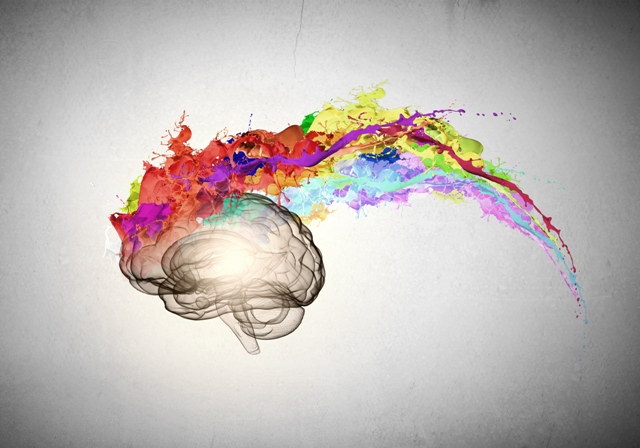Colors are an integral part of our life and their absence makes life dull and lifeless. Nature is composed of multiple colors, and so is the world around us. This reality has inspired interior designers to use colors in the presentation of a healthcare space which is often pale and colorless.Colors are an integral part of our life and their absence makes life dull and lifeless. Nature is composed of multiple colors, and so is the world around us. This reality has inspired interior designers to use colors in the presentation of a healthcare space which is often pale and colorless.
It is pure science when we say colors are infused with healing power, and they could influence patients’ response towards medical care and their actual recovery too. Chromotherapy, also known as chromatherapy or colorology, is an alternative method in medicine that explains the healing properties of colors. Moreover, colors that are used in a healthcare setting could benefit patients and other personnel in the following ways:
Colors help assess the level of care: when a patient or his companion enters the hospital, the first thing that they notice is the larger part of the room, which is either a wall or the ceiling. According to Forbes, walls painted with lighter shades have proven to make people feel accepted, while that of medium shades helps create trust. It was also found that brown is the color that not only provides sophistication but also a comforting option for potential patients.
Colors contribute to patient health: According to Color Connections, different colors come with a set of psychological properties that aid in healing. The psychological properties of five major colors are as follows:
- Red raises blood temperature and stimulates circulation. Red is used to care for people with anemia, fatigue, paralysis, and exhaustion.
- Blue is soothing, symbolizes the sky and sea. It lowers the heart rate, therefore allowing the body quiet time to heal itself. In addition, blue helps alleviate tension, stress, and problems with the immune system. It is believed to relieve insomnia, anxiety, high blood pressure, migraines, and skin irritation.
- Yellow is used to aid digestion as well as the liver and intestine process. Yellow is thought to have decongestant and antibacterial properties to act as a cleanser for the body. It has been known to help relieve rheumatism and arthritis.
- Green creates balance and harmony within the body. It is especially good for heart and blood problems. It is known to influence the human cell structure and muscles.
- Orange gives vitality to the body and is associated with the kidneys, urinary tract, and reproductive organs.
- Purple is associated with the eyes, ears, nose, and mouth. It helps with head congestion and sinuses, and is known to calm the nervous system.
- Pink is a healing color. Soft, natural pink tones calm and nurture our being.
 Colors help improve overall productivity: It is a proven fact that colors can influence a person’s perception towards the surroundings. Selection of colors for patients’ room is said to depend on how long someone would stay there. A study suggested that appropriate use of colors in a healthcare facility also depends on the purpose of the room or the area.
Colors help improve overall productivity: It is a proven fact that colors can influence a person’s perception towards the surroundings. Selection of colors for patients’ room is said to depend on how long someone would stay there. A study suggested that appropriate use of colors in a healthcare facility also depends on the purpose of the room or the area.
Waiting rooms: Uplifting and interesting color schemes, with accent colors to highlight different departments and create modern and temporary environments.
Corridors and receptions: Can be divided with strong accent colors in order to aid navigation and way-finding, and also to help identify different departments.
Intensive care units: Calming and restful, with soft neutral tones.
Consultation rooms: Warn neutral colors in the main area with accent colors behind desks.
Operating theaters: Usually painted with a cooler, muted palette of green or blue/green in color to neutralize the after image produced by the surgeon’s concentration.
Colors have proven to influence human psychology, and are directly related to a person’s state of mind, be it home, hospital or other space. Colors can accelerate healing, lift spirits and calm nerves. In a closed space, they are capable of influencing human behavior, alongside making the room space look larger and more sophisticated too.
Hence, the idea of using and combining colors to enhance moods in a healthcare space provides a basis as to where to begin the interior design process.
Source: Healthcare Design Magazine
Image source: Shutterstock




